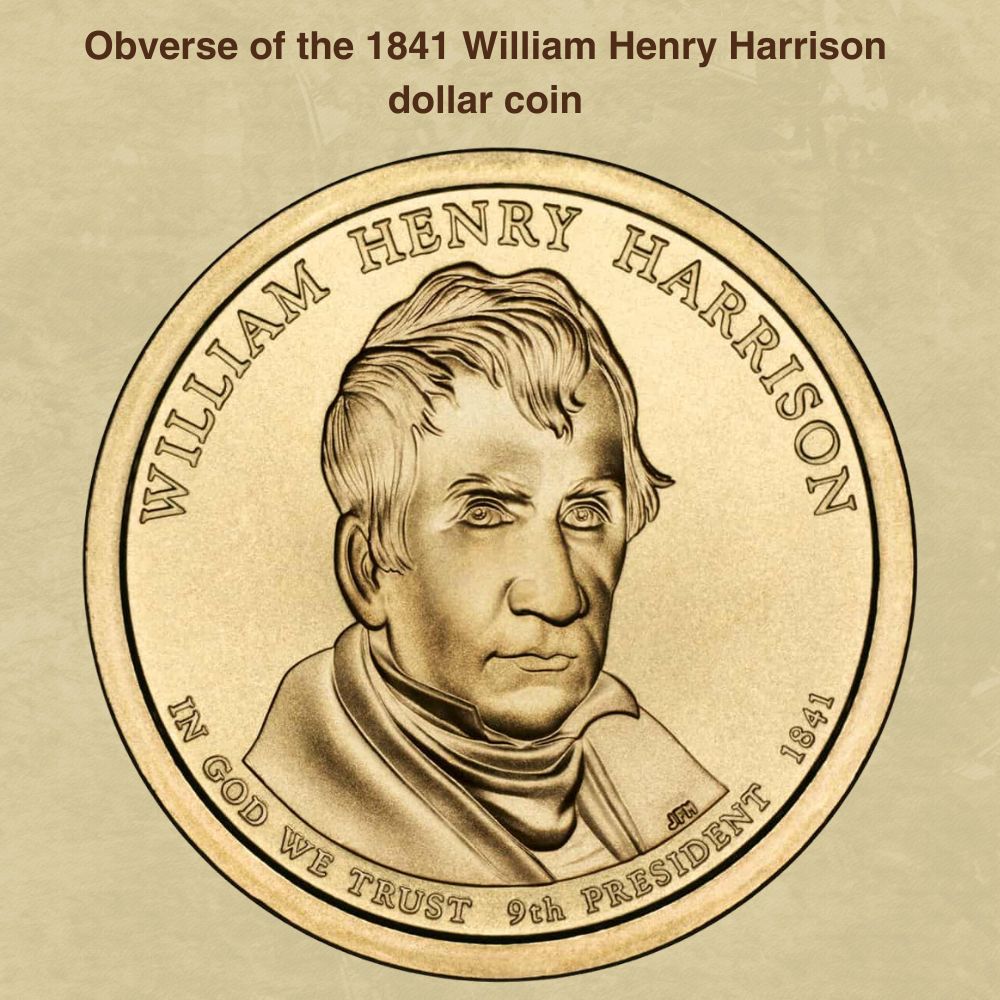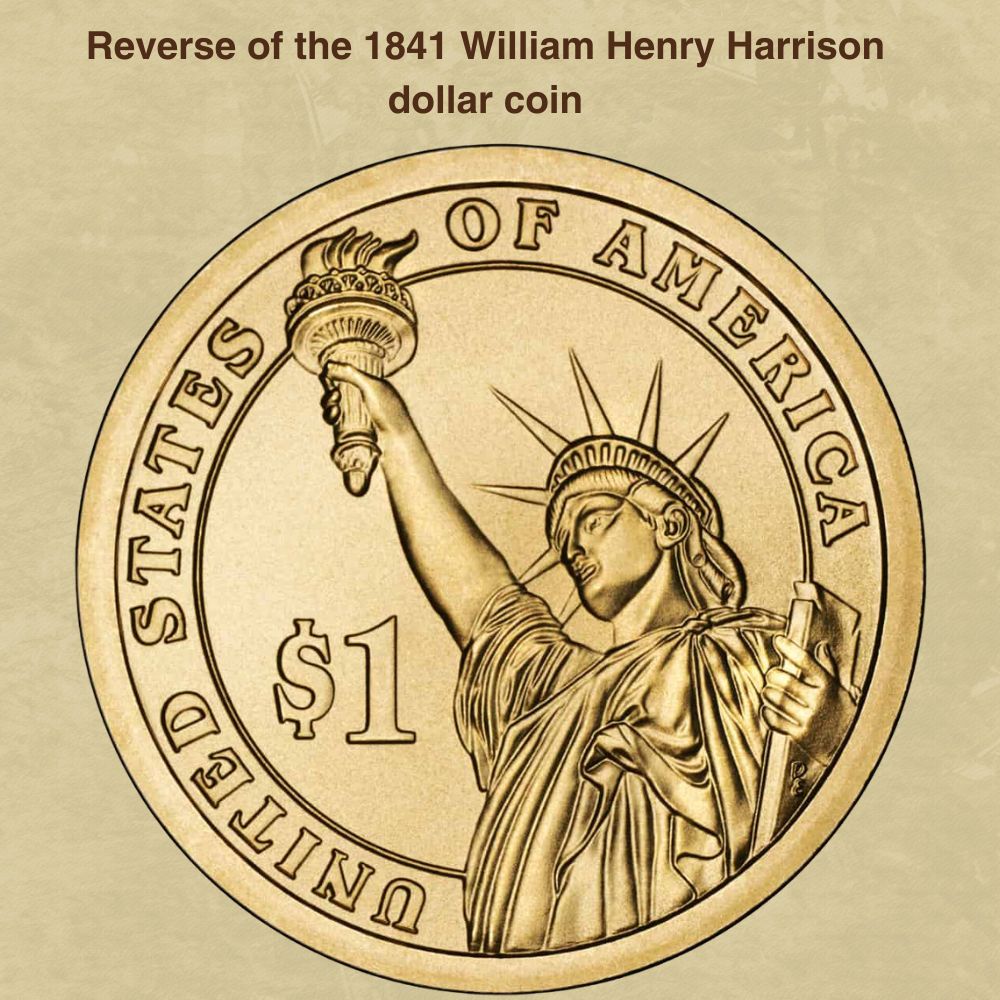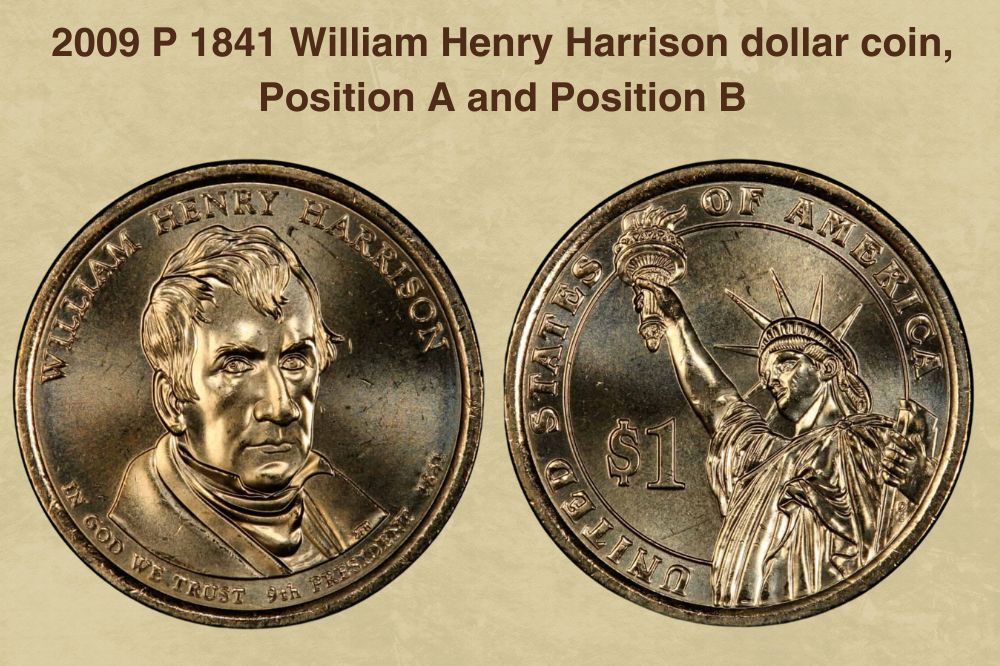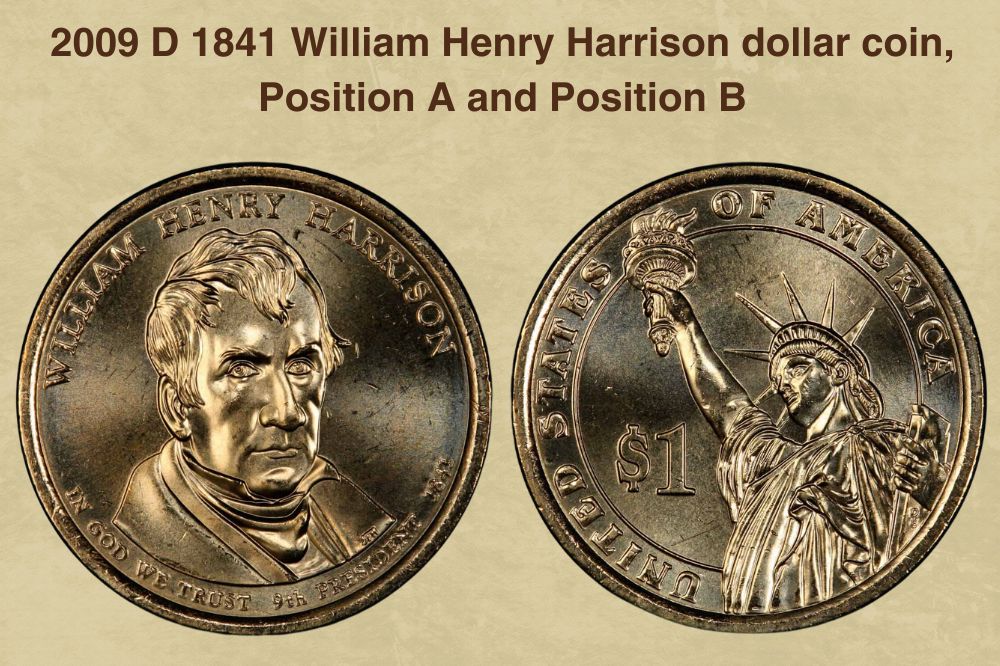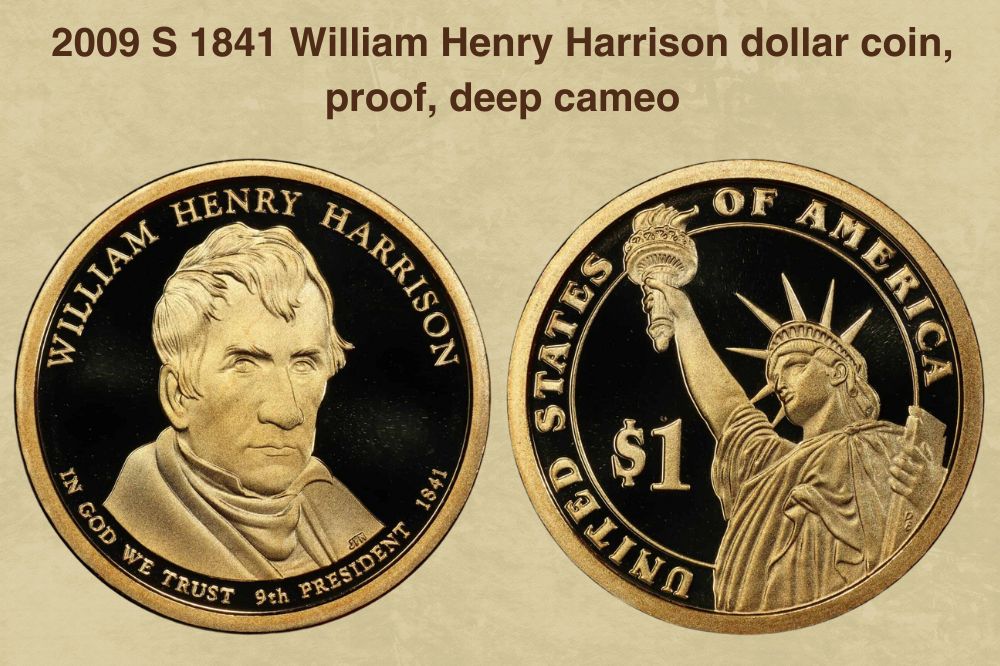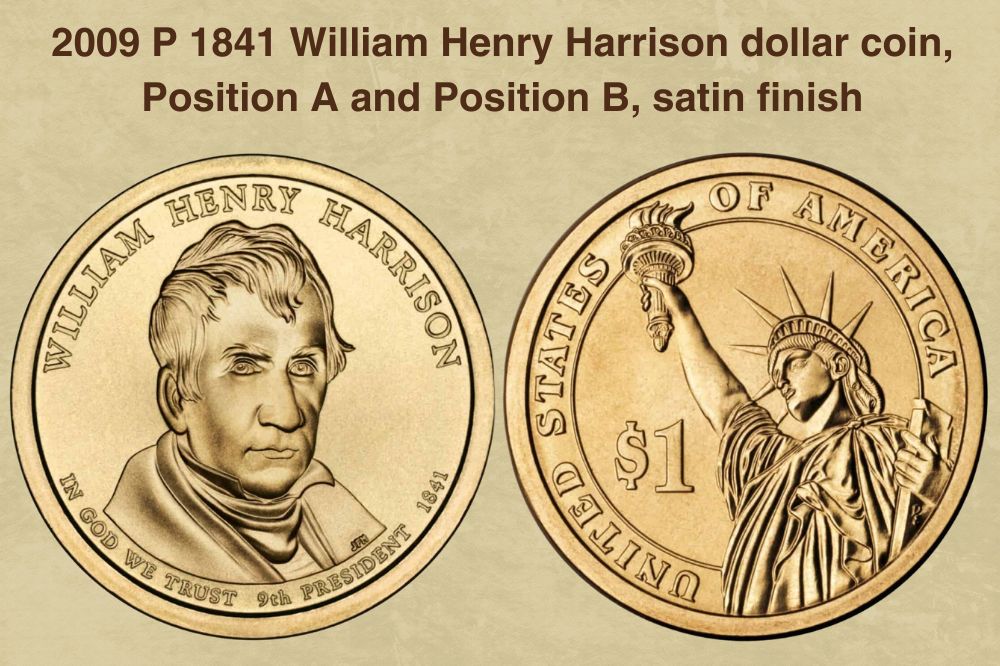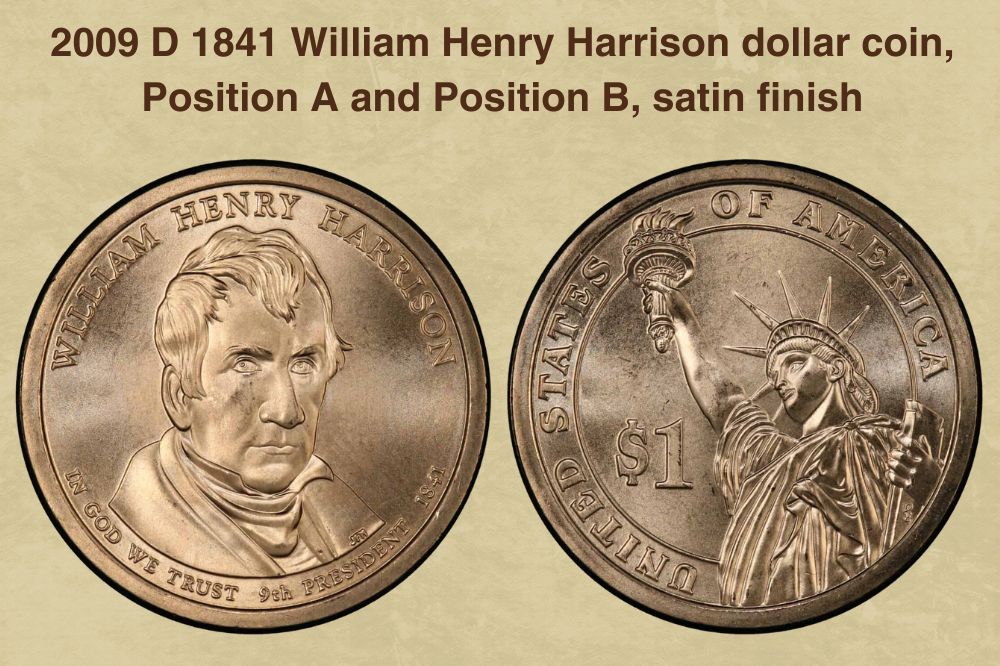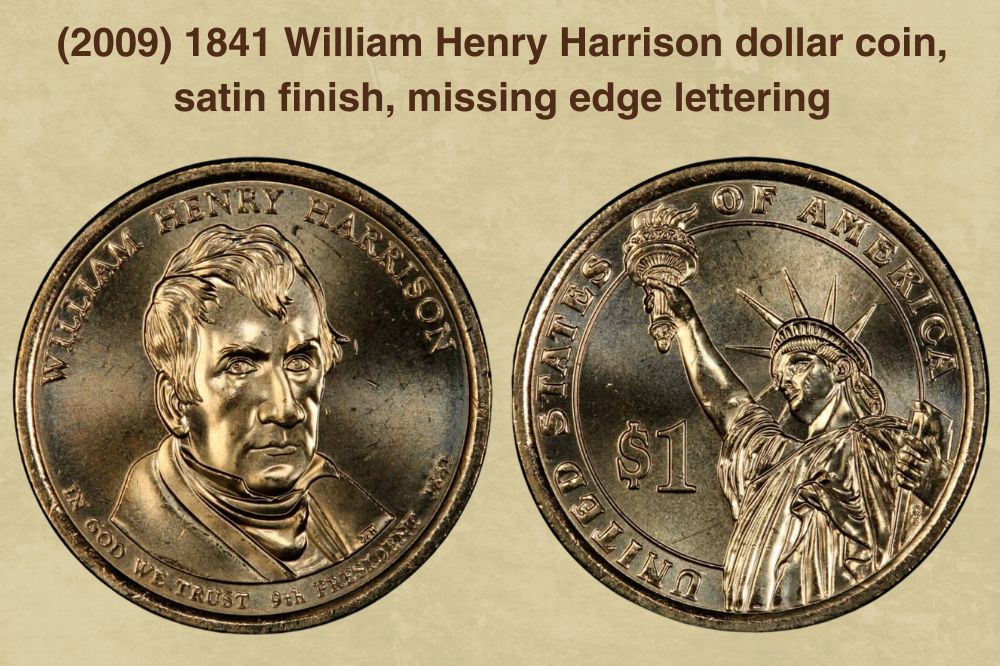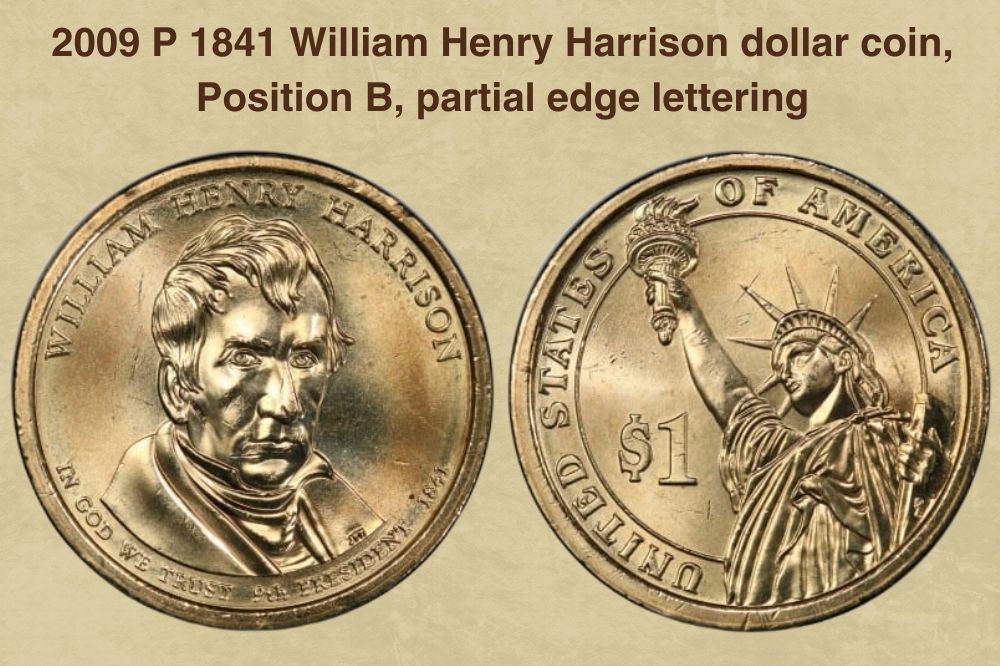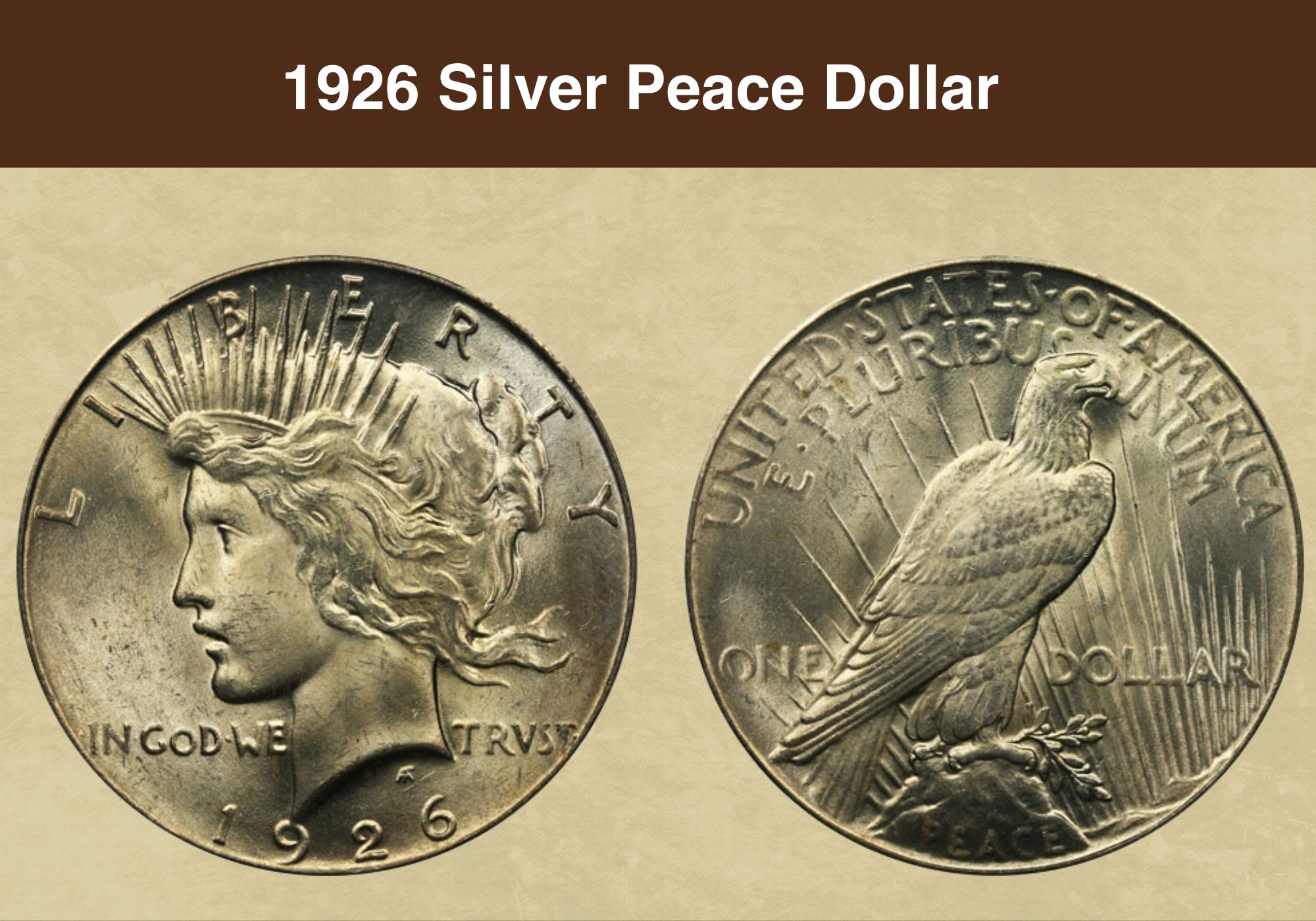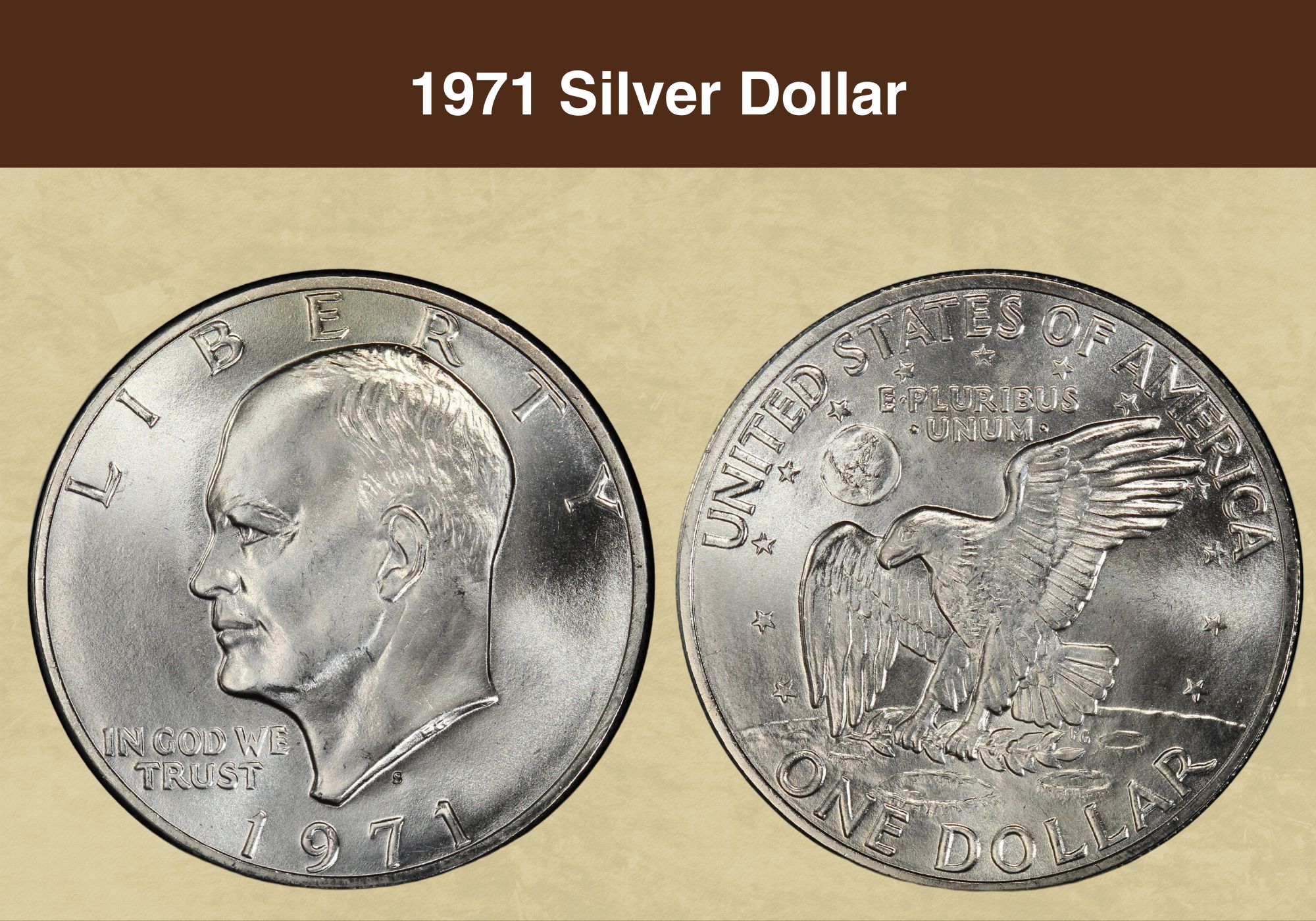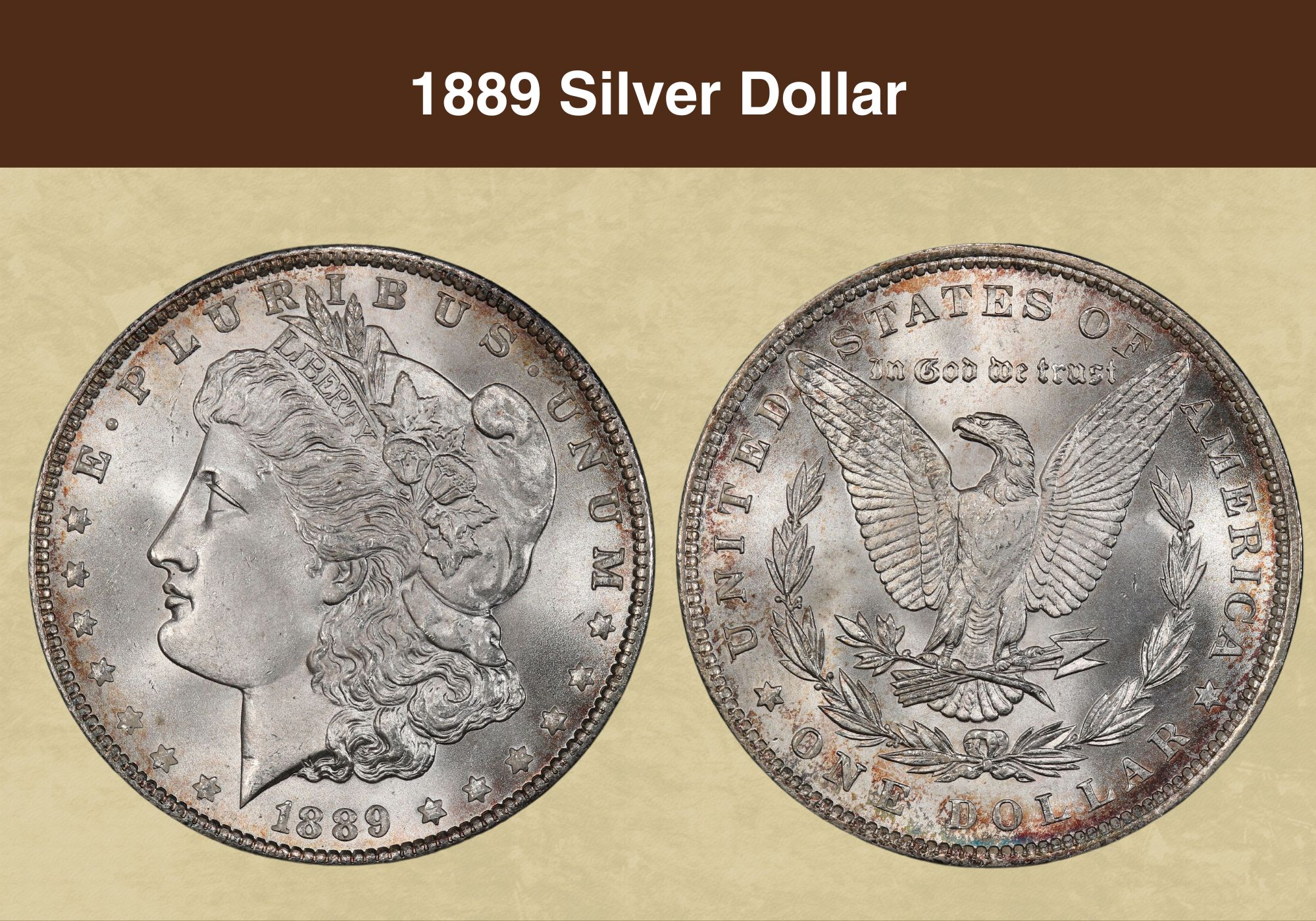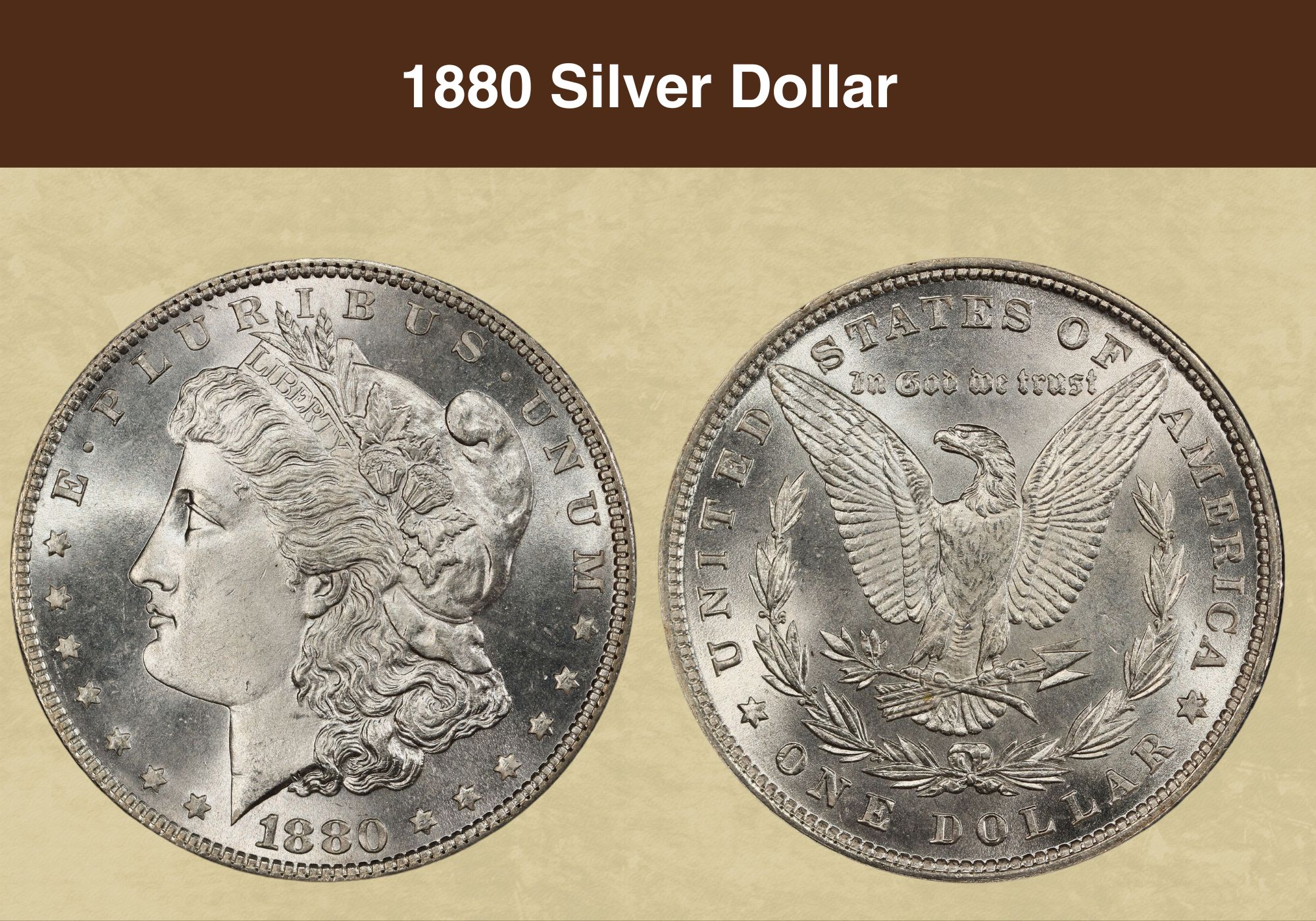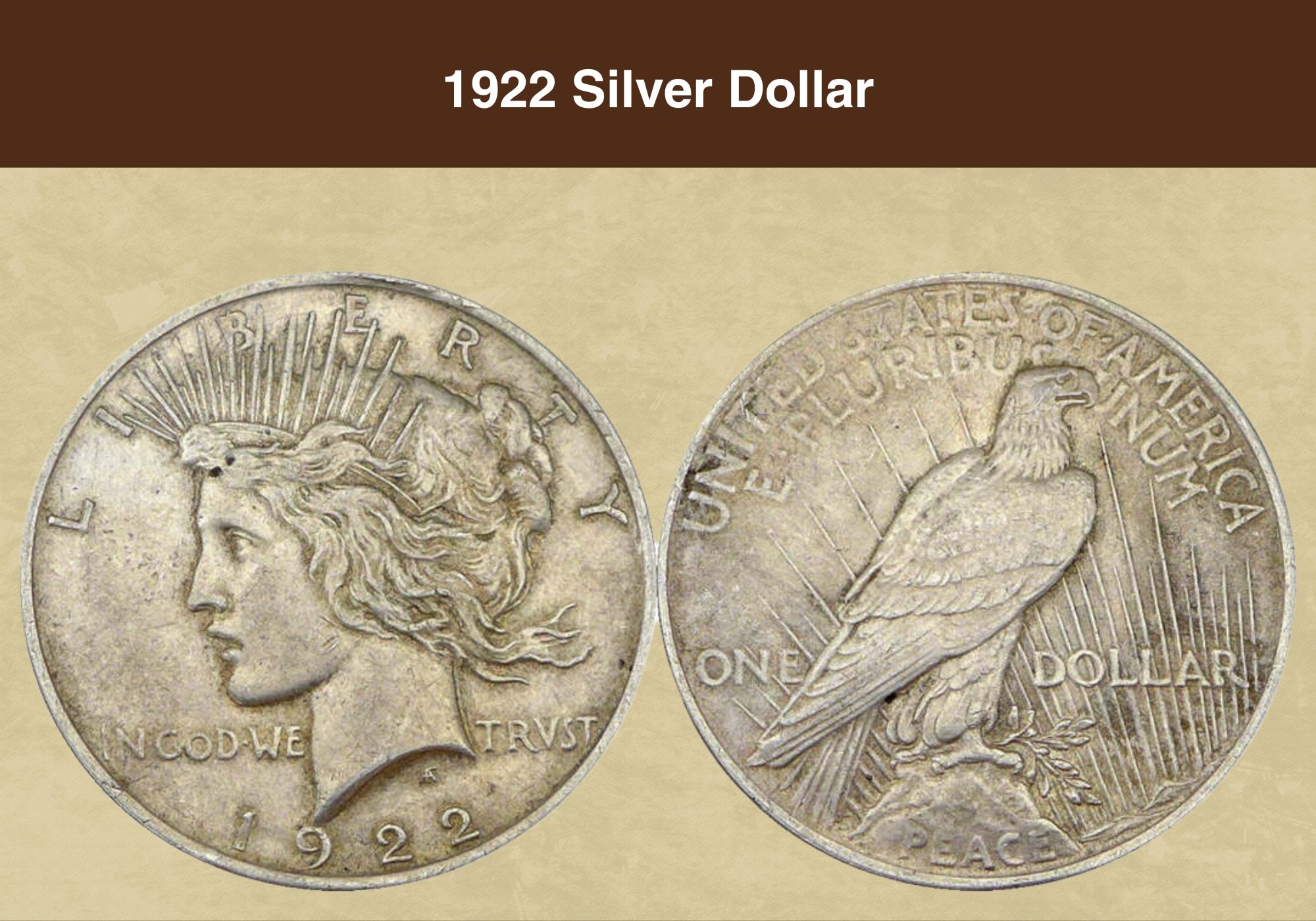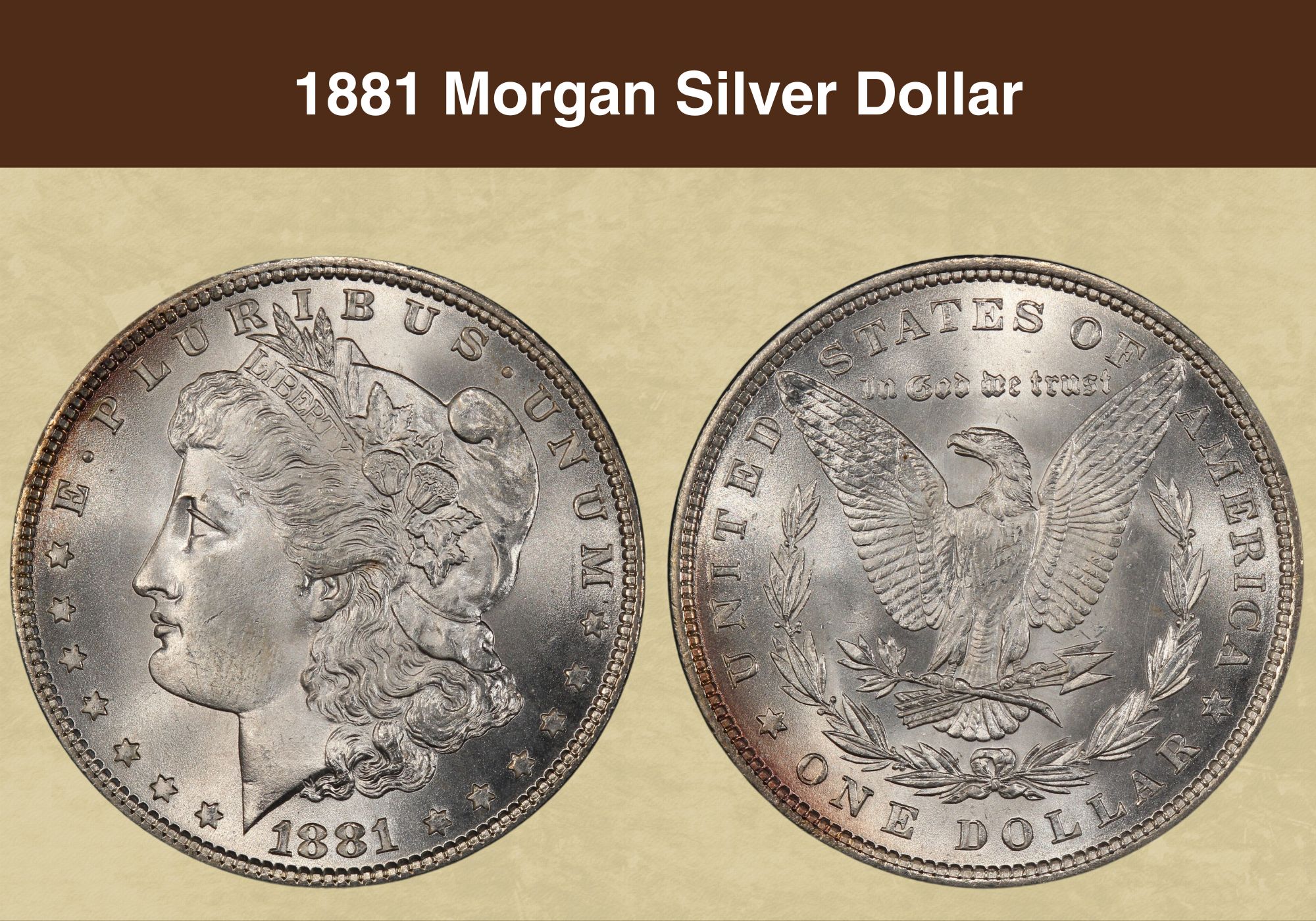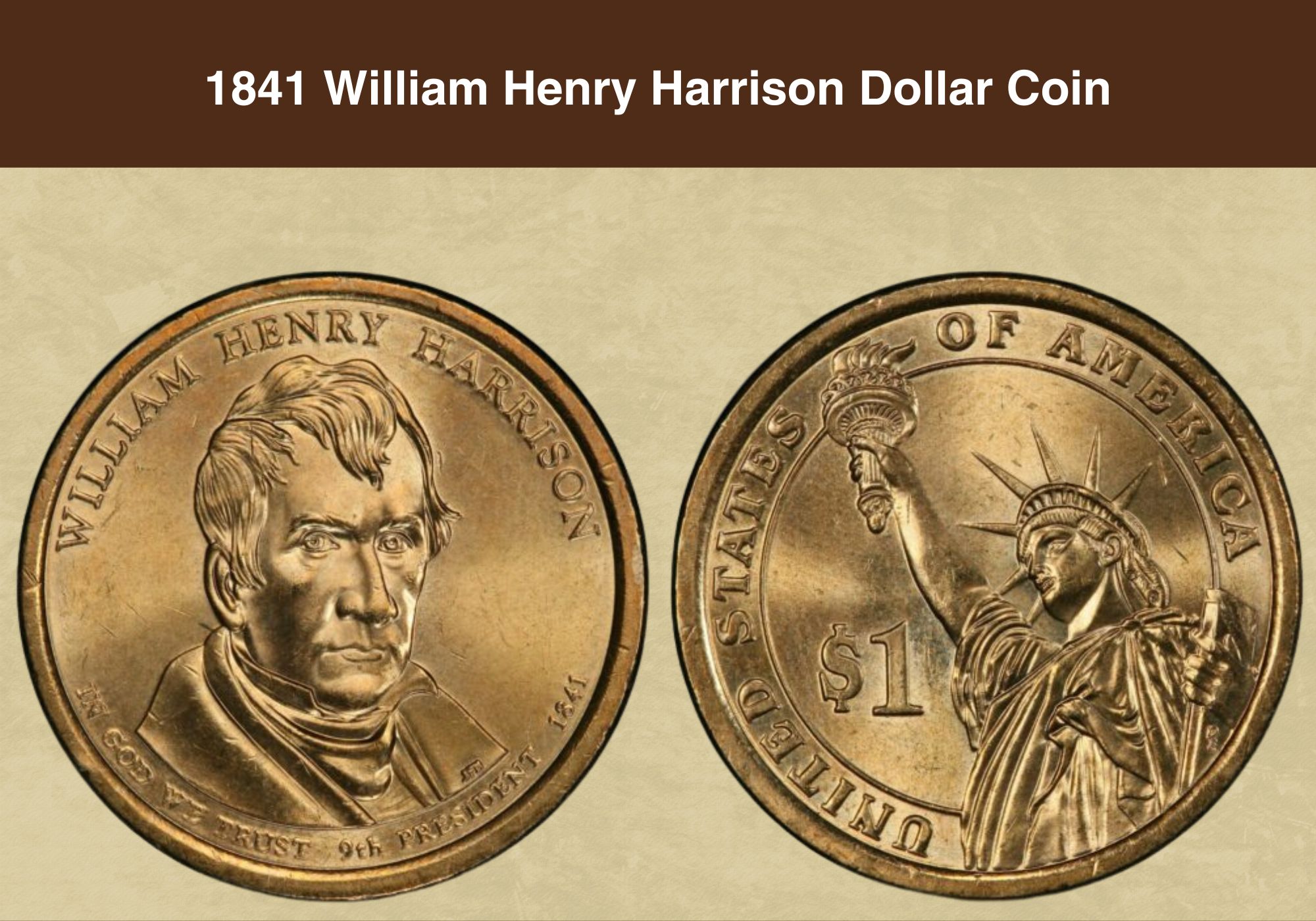
Coin Value Contents Table
As 9th President of the USA, William Henry Harrison was honored on a dollar coin after his death. It was part of the series known as Presidential dollars, and it was issued in 2009.
But while it might be an interesting coin, is it valuable?
That’s what we’re here to find out! We’re going to investigate the 1841 William Henry Harrison dollar coin value. We’ll look at the different types that exist and how to identify them. And we’ll guide you through the values estimated for coins at different levels of quality.
So if you’re ready, let’s get started!
1841 William Henry Harrison Dollar Coin Value Chart |
|||||
| Type | Circulated | MS60 | MS65 | MS67 | MS68 |
| 2009 P William Henry Harrison Dollar Coin, Position A Value | $1 | $3 | $7 | $46 | $1,840 |
| 2009 P William Henry Harrison, Position B Value | $1 | $3 | $7 | $50 | ? |
| 2009 D William Henry Harrison Dollar Coin, Position A Value | $1 | $3 | $7 | $300 | ? |
| 2009 D William Henry Harrison Dollar Coin, Position B Value | $1 | $3 | $7 | ? | ? |
| PR60 | PR63 | PR65 | PR67 | PR70 | |
| 2009 S William Henry Harrison Dollar Coin, Proof, Deep Cameo Value | $1 | $3 | $4 | $5 | $30 |
| SP60 | SP63 | SP65 | SP68 | SP69 | |
| 2009 P William Henry Harrison Dollar Coin, Position A, Satin Finish Value | $3 | $4 | $5 | $12 | $460 |
| 2009 P William Henry Harrison Dollar Coin, Position B, Satin Finish Value | $3 | $4 | $5 | $12 | $260 |
| 2009 D William Henry Harrison Dollar Coin, Position A Satin Finish Value | $3 | $4 | $5 | $12 | $300 |
| 2009 D William Henry Harrison Dollar Coin, Position B, Satin Finish Value | $3 | $4 | $5 | $12 | $225 |
History of the 1841 William Henry Harrison dollar coin
The 1841 William Henry Harrison dollar coin was actually issued in 2009. It was one of a series of coins minted to commemorate deceased presidents. And the date of 1841 refers to the single year for which Harrison was in office.
The series was launched in 2007 with a coin honoring George Washington. New coins were issued every three months after that until 2016, when the series officially ended. A final coin was issued in 2020 after the death of President George H. W. Bush.
As the ninth president, William Henry Harrison’s dollar coin was also ninth in the series. The first coins bearing his image were issued on February 19th 2009.
Regular coins were struck at the Mint facilities in Denver and Philadelphia, with a total mintage of over 98 million. The majority of those – more than 55 million – were struck in Denver. Proof coins were also issued for collectors, and those were struck at the San Francisco Mint facility.
Like the other coins in the Presidential series, the Harrison dollars featured edge lettering. This was unusual for US coins at the time, and gave rise to some production issues. A few coins missed their edge lettering, and these are now prized by collectors.
Unusually, the Presidential dollar coins weren’t the only dollar coins being issued by the US Mint at the time. Legislation required that every third dollar coin produced, then later every fifth, should be a Sacagawea dollar.
And the Mint also simultaneously produced a series of coins honoring “First Spouses”. These were issued alongside the coins for the relevant president.
William Henry Harrison’s coin, therefore, was issued at the same time as one honoring Anna Harrison. The latter featured an image on the obverse of her reading to her children.
Also read: 12 Most Valuable One-Dollar Coin Worth Money
Features of the 1841 William Henry Harrison dollar coin
Obverse of the 1841 William Henry Harrison dollar coin
All the dollar coins in the Presidential series carried the image of the relevant president on the obverse. In the case of William Henry Harrison, the portrait was engraved by the American artist Joseph Menna.
The image shows Harrison’s head and shoulders. He’s depicted in three-quarters profile, with a steely eyed gaze and determined expression. He wears the characteristic shirt, coat and cravat of a nineteenth century American gentleman.
His name is engraved in upper case font above his image. Below are the words “In God We Trust”, “9th President” and 1841, all in full capitals.
Reverse of the 1841 William Henry Harrison dollar coin
All the coins in the Presidential dollar series have the same reverse, designed by the celebrated sculptor Don Everhart. It shows Lady Liberty holding her torch aloft. The official name of the work is “Liberty Enlightening the World”.
The name of the country circles the outer edge of the design, broken only by the flames of Liberty’s torch. The denomination is positioned just below her outstretched arm. Both inscriptions use the ITC Benguiat font.
Other features of the 1841 William Henry Harrison dollar coin
One of the most notable features of the 1841 William Henry Harrison dollar coin is its color. It’s pale gold, a result of the cladding – a mixture of copper, zinc, manganese, and nickel. The core is made of pure copper.
Each coin weighs 8.1 grams and has a diameter of 26.5 millimeters. Those dimensions are the same for all the coins in the Presidential dollar series.
Another interesting feature appears on the edge. Rather than being plain or reeded, all the Presidential dollar coins are inscribed.
In the case of the Harrison dollar, there are thirteen stars (in two groups of ten and three), the motto “E pluribus unum”, the mint mark and the date. Since all Harrison dollars were issued in the same year, the latter will always read 2009.
Check out this YouTube video from Big D Coins to see the Harrison dollar coin in detail.
Also read: 14 Most Valuable Coins In Circulation
1841 William Henry Harrison dollar coin value guides
2009 P 1841 William Henry Harrison dollar coin, Position A and Position B value
Appearing just two years into the Presidential dollar coins series, the Harrison dollar was produced in large numbers. Over 98 million coins were struck in Denver and Philadelphia. But the Philadelphia Mint facility produced the most – over 55 million.
As a result, it’s still easy to find them. And that means it’s possible to pick up great quality coins for a modest outlay.
Harrison dollar coins that have been circulated will be worth only their face value. Collectors are prepared to pay more than this only for coins in mint state. And even then, prices for most are low.
The independent coin graders, the PCGS, value a Philadelphia Harrison dollar graded MS63 at just $5. That rises to $7 for a gem quality example graded MS65.
But at the highest levels, availability sharply declines – and that means prices rise. There’s also a difference in value between coins of two variants, known as Position A and Position B. So to estimate the value of a top quality dollar, you need to know which type you’re looking at.
The terms refer to the orientation of the lettering on the coin edge. If it’s upside down when the President’s portrait faces up, it’s a Type A coin. If it’s the right way round, it’s Type B.
At MS67, a Type A dollar will be worth around $46. But if it’s a Type B example, that value is about $50.
The finest known examples of both types are graded a point higher, at MS68. Only two coins of each type have been certified at that level by the PCGS.
One of the Type A examples came to auction in 2010, just a year after the coins were issued. A bidder took a risk, paying $1,840 to acquire it. But with only one other example having come to light since, it’s possible that their gamble may have paid off.
The Type B examples have never been offered for sale, and the PCGS doesn’t hazard a guess at their value.
2009 D 1841 William Henry Harrison dollar coin, Position A and Position B value
Just like the Philadelphia Harrison dollar, the Denver version has two variants, distinguished by the orientation of their edge lettering. And again, there’s precious little difference between the value of the different types, except at the very highest levels.
For all circulated coins, values are just a dollar. The only exception to this are coins with an interesting error of some kind. (We’ll look at error coins later.)
For the majority of mint state coins, too, values stay in single figures. A Denver Harrison dollar graded MS65 could be yours for around $7.
A Position A dollar coin graded MS66+, however, is valued by the PCGS at $42, rising to $300 at MS67. There are no sale records of Position B coins at that level, though. And while the PCGS has certified one Position B example at MS66+ and seven at MS67, it hasn’t estimated their value.
2009 S 1841 William Henry Harrison dollar coin, proof, deep cameo value
The bulk of the coins struck at Denver and Philadelphia were “business strikes” – standard coins intended for general circulation. But the San Francisco Mint facility also produced proof coins, prepared to a high standard and aimed at the collecting market.
Over 2.8 million proof coins were issued, prepared using special dies and planchets. But because they were always seen as collectors’ items, they were stored away carefully. That means they are still easy to find at all uncirculated grades.
Values reflect this availability. A proof graded PR60 will be worth only its face value. And even a flawless PR70 example is worth only around $30.
2009 P 1841 William Henry Harrison dollar coin, Position A and Position B, satin finish value
The Presidential series of dollar coins also included another interesting example for collectors. Special Mint Sets were produced containing coins with a satin finish. Over 784,000 of the coins were struck, making them much rarer than proofs.
The satin finish coins were produced at both Philadelphia and Denver. And like the business strikes from the same Mint facilities, the text on the edge of coins may be orientated towards or away from the obverse.
All satin finish coins are in uncirculated condition. Those at the lowest grade, SP60, are worth about $3, and at SP65 prices aren’t much higher – about $5. And there’s no difference between the two variants.
But at SP69, that changes dramatically. This is the highest grade at which any Philadelphia Harrison satin finish dollars have been certified. If you want a Position B coin, the PCGS estimates its value at around $260. A Position A example, however, is valued at $460.
2009 D 1841 William Henry Harrison dollar coin, Position A and Position B, satin finish value
At most grades, there’s little difference in value between the satin finish dollars struck in Philadelphia and those in Denver. The PCGS sets the same $3 to $5 range for anything graded between SP60 and SP65.
But at SP68, there’s a small premium for Position B coins struck in Denver. The PCGS values those at $12, and $12 for Position A examples and those from Philadelphia.
At SP69, the rise in value for Denver Position B dollars isn’t as steep. One of those is valued at a relatively conservative $225. A Position A example will fetch more, around $300.
Also read: Top 10 Most Valuable Morgan Silver Dollar Worth Money
1841 William Henry Harrison dollar coin error
(2009) 1841 William Henry Harrison dollar coin, satin finish, missing edge lettering
The move to inscribing the edges of the Presidential dollar coin series wasn’t trouble-free for the Mint. A proportion of both business and special strike coins were produced with the lettering that should have appeared there missing.
Today, error coins with missing edge lettering can be found across most of the series. And the 1841 William Henry Harrison dollar coin is no exception.
As the mint mark should appear on the edge, there’s no way of knowing whether one of these coins was struck at Denver or at Philadelphia. But all have edge lettering that reads upside down when Harrison’s portrait is facing upwards.
Coins with this error are rare and collectable. The PCGS and NGC have certified examples from MS63 through to MS69 inclusive.
At the lower end of the scale, MS63 error coins are worth around the $30 mark. But a coin with this error graded MS69 sold at auction in 2019, and fetched an impressive $456.
2009 P 1841 William Henry Harrison dollar coin, Position B, partial edge lettering
Sometimes the edge lettering is present but incomplete. The PCGS has only certified one Harrison dollar with partial edge lettering, a Philadelphia example with the lettering in Position B.
That was graded MS65, putting it into the “gem quality” category. And it was sold on eBay in 2018 for $250.
Where to Sell Your 1841 gold dollar ?
Now that you know the value of your coins, do you know where to sell those coins online easily? Don’t worry, I’ve compiled a list of these sites, including their introduction, pros, and cons.
Check out now: Best Places To Sell Coins Online (Pros & Cons)
FAQs
How much is an 1841 gold dollar worth?
The dollar coins from 1841 were known as “Seated Liberty dollars” after the image on their reverse. And they were made of silver, not gold.
The dollar marked 1841 and gold in color actually dates from 2009. It commemorates President William Henry Harrison, and the date refers to his year of office. It isn’t gold either, unfortunately. The gold color comes from a mixture of copper, zinc, manganese and nickel.
How much is a William Henry Harrison 1841 $1 coin worth?
Coins in circulated condition are worth only their face value. And most of those in uncirculated condition are worth just a few dollars.
The exceptions are the coins in the very finest condition, and some good quality error coins. These may be worth hundreds of dollars.

